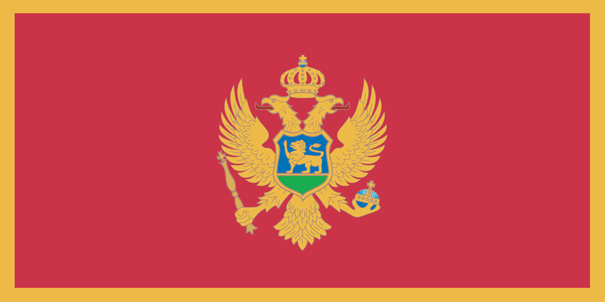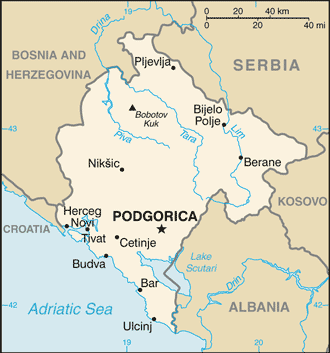Investing in Montenegro


Montenegro severed its economy from federal control and from Serbia during the MILOSEVIC era and maintained its own central bank, adopted the Deutchmark, then the euro - rather than the Yugoslav dinar - as official currency, collected customs tariffs, and managed its own budget. The dissolution of the loose political union between Serbia and Montenegro in 2006 led to separate membership in several international financial institutions, such as the European Bank for Reconstruction and Development. In January 2007, Montenegro joined the World Bank and IMF. Montenegro is pursuing its own membership in the World Trade Organization and signed a Stabilization and Association agreement with the European Union in October 2007. The European Council granted candidate country status to Montenegro at the December 2010 session. Unemployment and regional disparities in development are key political and economic problems. Montenegro has privatized its large aluminum complex - the dominant industry - as well as most of its financial sector, and has begun to attract foreign direct investment in the tourism sector. The global financial crisis has had a significant negative impact on the economy, due to the ongoing credit crunch, a decline in the real estate sector, and a fall in aluminum exports.
Central Bank of Montenegro - http://www.cb-mn.org/
Countries that border Montenegro: Croatia | Bosnia and Herzegovina | Serbia | Albania
Learn more:
Back to Country Investing



